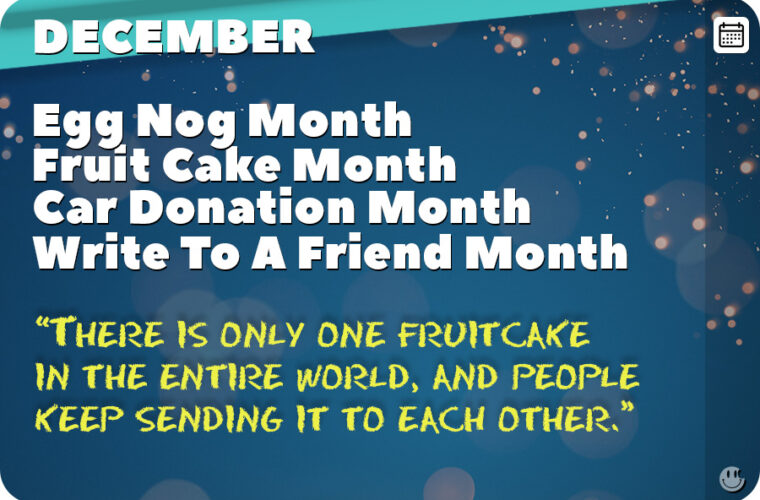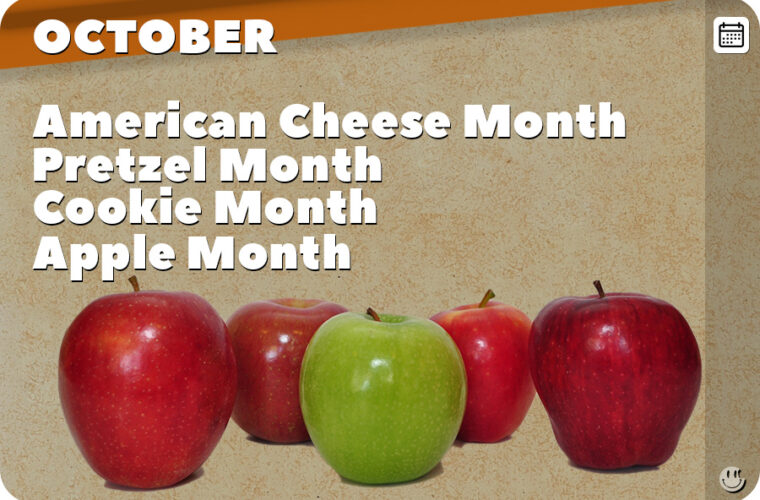 |
New Wave MusicNew Wave: The New Wave movement emerged in the late 70s and grew in popularity throughout the 80s. Synthesizers, electronic beats, and experimentation with new sounds and styles characterized the genre. New wave music was influenced by various musical styles, including punk rock, electronic music, funk, and 1950s and 1960s pop and rock. Some of the most influential artists influencing the new wave genre include the Velvet Underground, David Bowie, Roxy Music, Kraftwerk, and Devo. Additionally, new wave was also influenced by the DIY ethos of punk rock, which encouraged experimentation and artistic freedom. New Wave was partially a response to Punk Rock from the 1970s. New Wave emerged from the post-punk and punk rock scenes in the late 1970s, and the energy and DIY ethos of punk influenced many New Wave artists. However, New Wave also incorporated elements from other musical genres, such as electronic music, funk, and pop, to create a more diverse and eclectic sound. While punk rock was characterized by its raw energy, abrasive sound, and politically charged lyrics, New Wave was known for its more polished sound, use of electronic instruments, and danceable rhythms. Both punk and New Wave challenged the status quo and conventional forms of popular music, but they did so in different ways and with different aesthetics. Important New Wave BandsThe Buggles The B-52s The B-52s ended the decade with their biggest hit, Love Shack, in 1989. Talking Heads Blondie Blondie’s first two albums, Blondie (1976) and Plastic Letters (1977) received critical acclaim, but it wasn’t until the release of Parallel Lines (1978) that the band truly broke through to mainstream success. The album was a commercial hit, reaching No. 6 on the U.S. charts, and it featured the band’s first Top 5 hit, Heart of Glass. The album’s success established Blondie as a major force in the New Wave movement and helped to launch the band to international fame. In 1980, Blondie released Autoamerican, which departed from the band’s earlier sound and featured funk, rap, and reggae elements. The album was a commercial success and produced several hit singles, including The Tide is High and Rapture, which became the first No. 1 hit for a rap song. The band’s next album, The Hunter (1982), marked another departure with a more experimental sound incorporating rock, funk, and soul elements. Although the album was a commercial disappointment, it was a critical success and is now considered one of Blondie’s classic albums. Blondie’s influence on popular culture extends beyond their music, as Debbie Harry’s image became an iconic representation of the punk and New Wave movements. Her unique look, with her signature platinum blond hair and striking features, made her a fashion icon and paved the way for other female musicians to assert their own individual styles. Quotes About New Wave Music“New wave was more about a spirit of rebellion, a sense of excitement, a desire to shock and disrupt.” “New wave is a label that people use to describe the music that was happening in the late ’70s and early ’80s that was independent of the punk scene.” “New wave was the musical and cultural manifestation of the desire for change and for a new way of doing things.” “New wave was the soundtrack of a generation’s restless search for identity.” “New wave was a response to the stale, formulaic nature of mainstream rock music.” “New wave was all about rejecting the status quo, and looking for new ways to express oneself and to make a connection with the world.” New Wave Influence: 80s SoundtracksNew Wave music had a significant impact on 1980s movie soundtracks, as it provided a fresh and innovative sound that helped shape the era’s aesthetic. Many 1980s movies, particularly those in the sci-fi, fantasy, and action genres, featured New Wave-inspired soundtracks that helped to create a futuristic and otherworldly atmosphere.
Here are a few ways in which New Wave music influenced 1980s movie soundtracks: Use of Synthesizers: New Wave’s reliance on synthesizers and electronic instruments made it a perfect fit for the futuristic themes of many 80s movies. The distinctive, otherworldly sounds produced by synthesizers added a new dimension to movie soundtracks and helped to create a sense of awe and excitement. Experimentation with Sound: New Wave’s willingness to experiment with new sounds and styles was also reflected in many 80s movie soundtracks. Filmmakers used the genre’s eclectic mix of electronic, funk, and pop elements to create fresh and innovative soundscapes. Pop Sensibilities: New Wave’s pop sensibilities also made it a good fit for movie soundtracks. Many New Wave-inspired movie themes were upbeat, catchy, and memorable, which helped to enhance the emotional impact of scenes and make them more memorable for audiences. |









